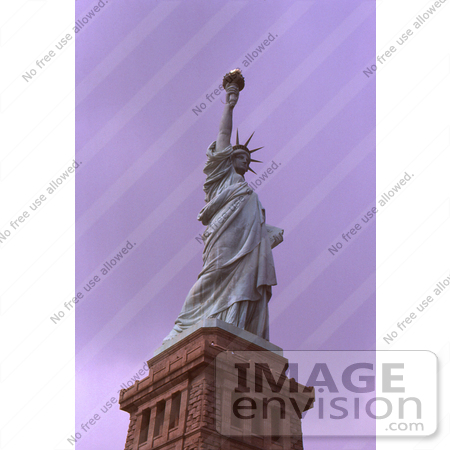|
Picture of the Statue of Liberty, the centerpiece of the Statue of Liberty National Monument. The statue was a gift to the people of the United States from the people of France, in recognition of their friendship from the time of the American Revolution (1776 – 1783). Built in France, and assembled in the United States, the statue was dedicated on October 28, 1886. The height from the base to the torch is 152 feet, 2 inches (1984 survey). Although associated generally with New York City and State, the statue is actually located in New Jersey. This famous symbol of freedom is located near the Ellis Island immigration center. More than 22 million people entered the United States through Ellis Island between 1815 and 1954, when it officially closed. The immigration law of 1891 made the U.S. Public Health Service (USPHS) responsible for inspecting the health of all immigrants coming into the U.S. Public health physicians performing the examinations were concerned about cholera, scalp and nail fungus, insanity, and mental impairments among other things. In 1907, legislation was passed to bar entry to immigrants suffering from tuberculosis, epilepsy, and physical disability. Most “exclusion because of disease” cases were the result of examinations for trachoma, a highly contagious eye infection. The USPHS was begun by President John Adams in 1798, as a string of seamen’s hospitals. Its Commissioned Corps is the uniformed service of the U.S. Dept. of Health and Human Services, one of seven such services in the federal government. This image was created in 1988 and provided by the Centers for Disease Control and Prevention/Dr. Edwin P. Ewing, Jr. [0003-0702-0918-2519] by 0003
|










